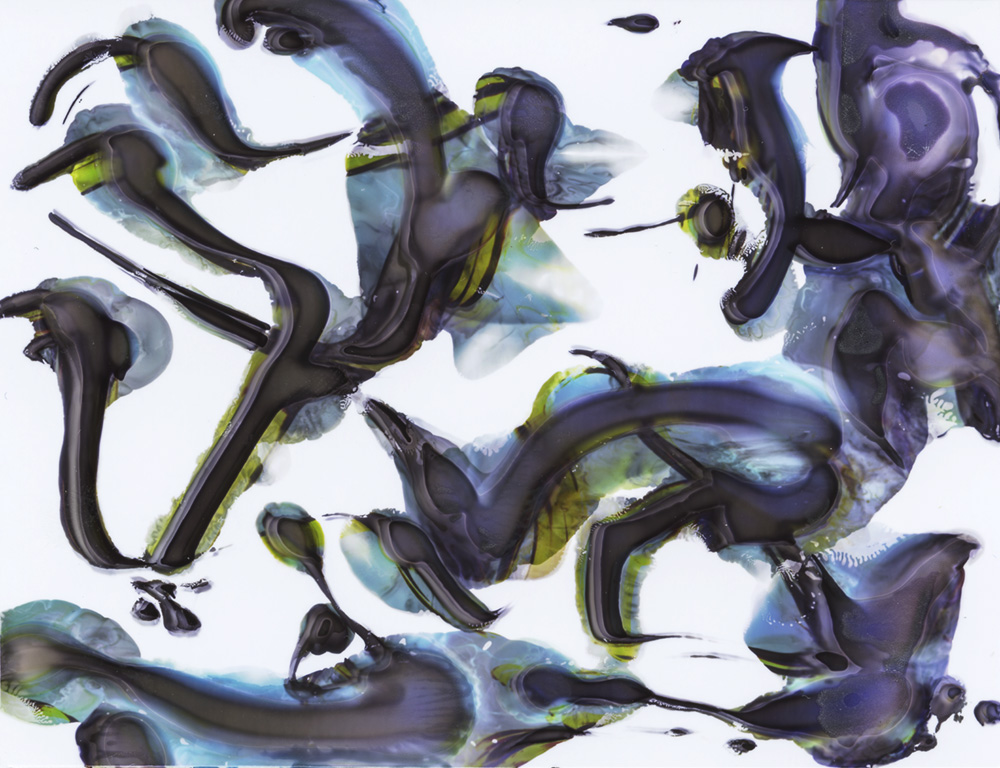
Polaroid emulsion paintings
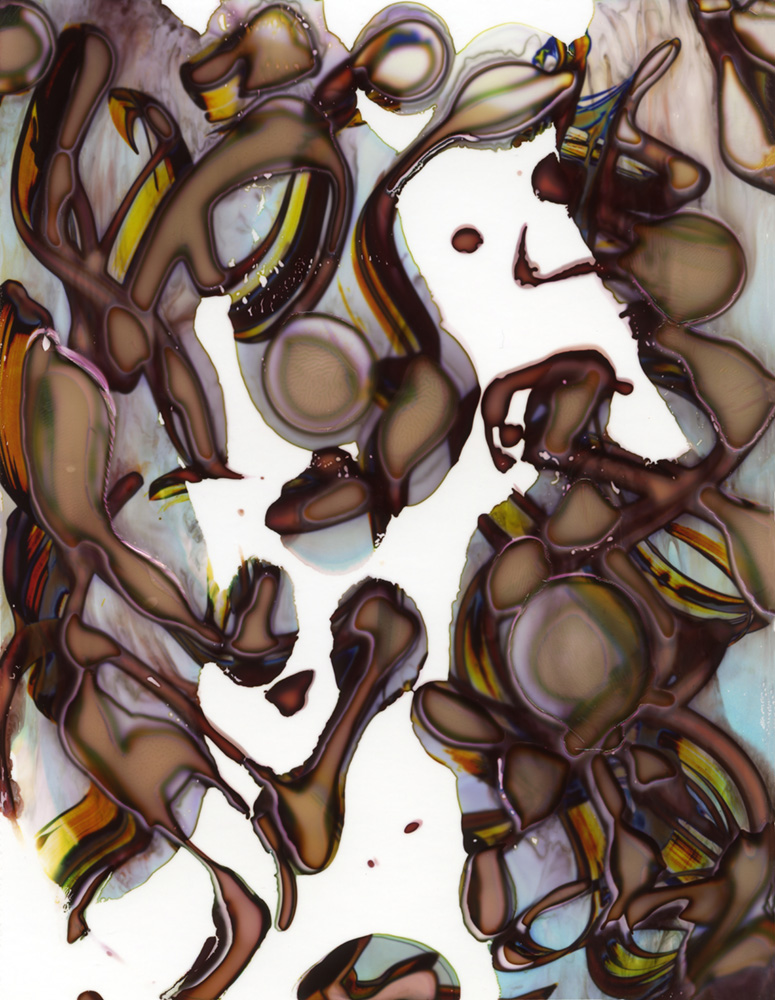
Polaroid emulsion paintings

Polaroid emulsion paintings
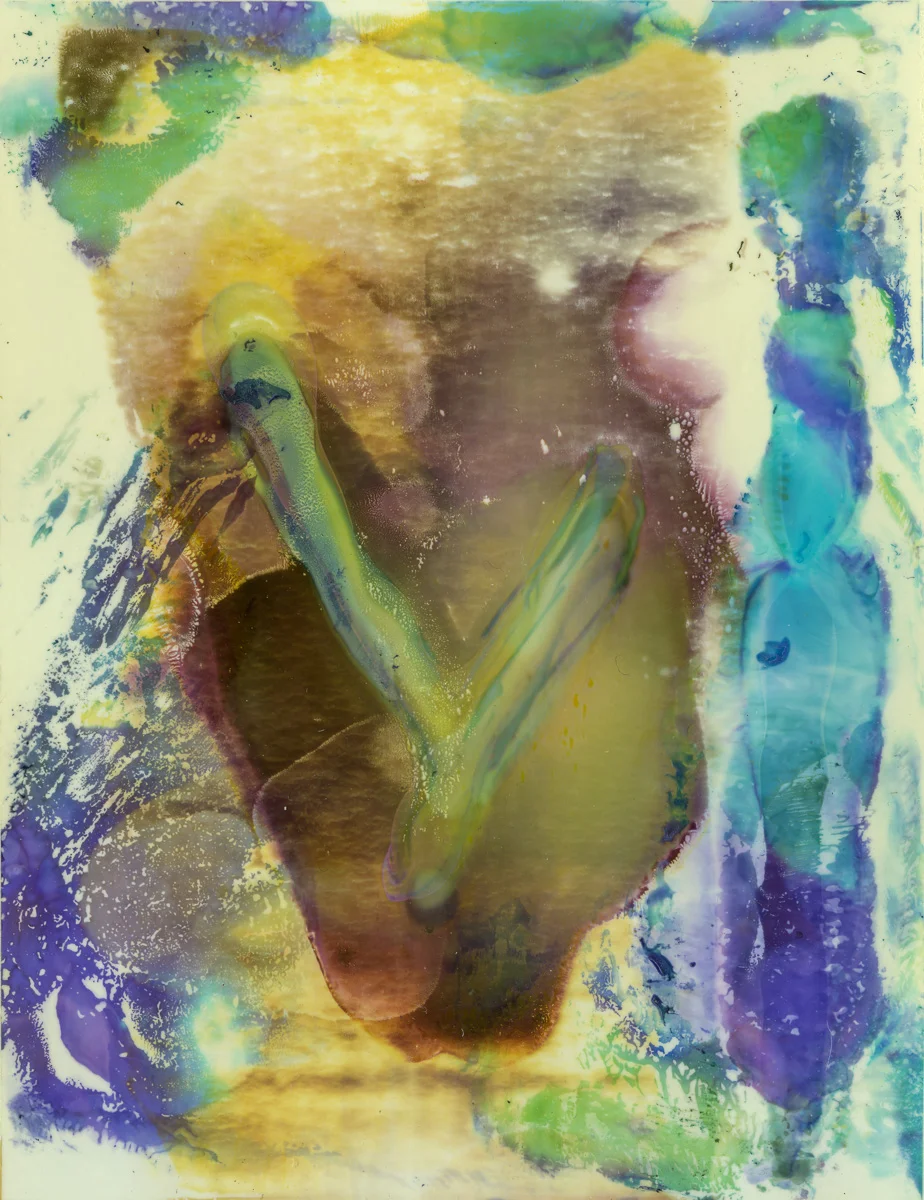
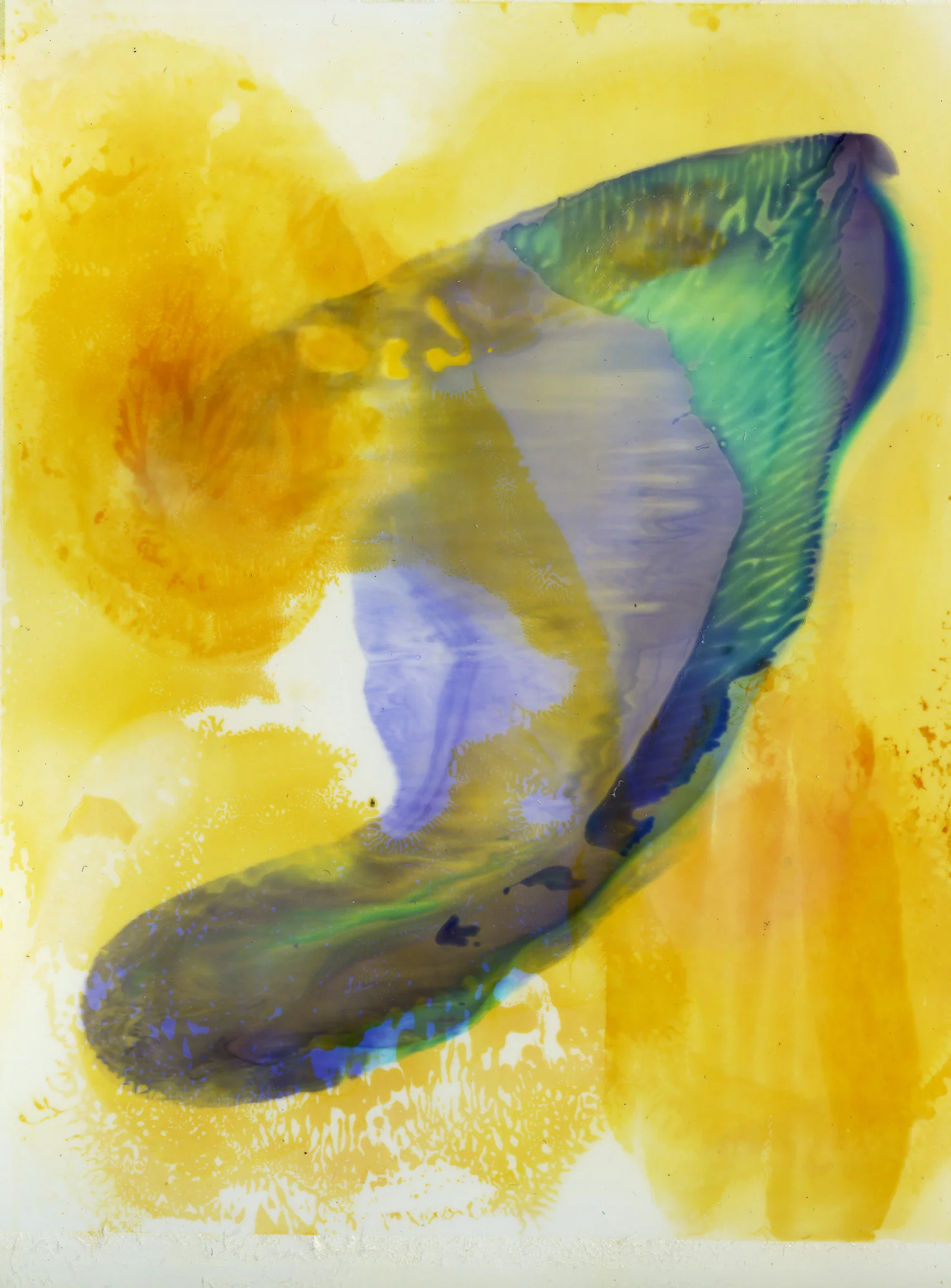
Polaroid emulsion paintings
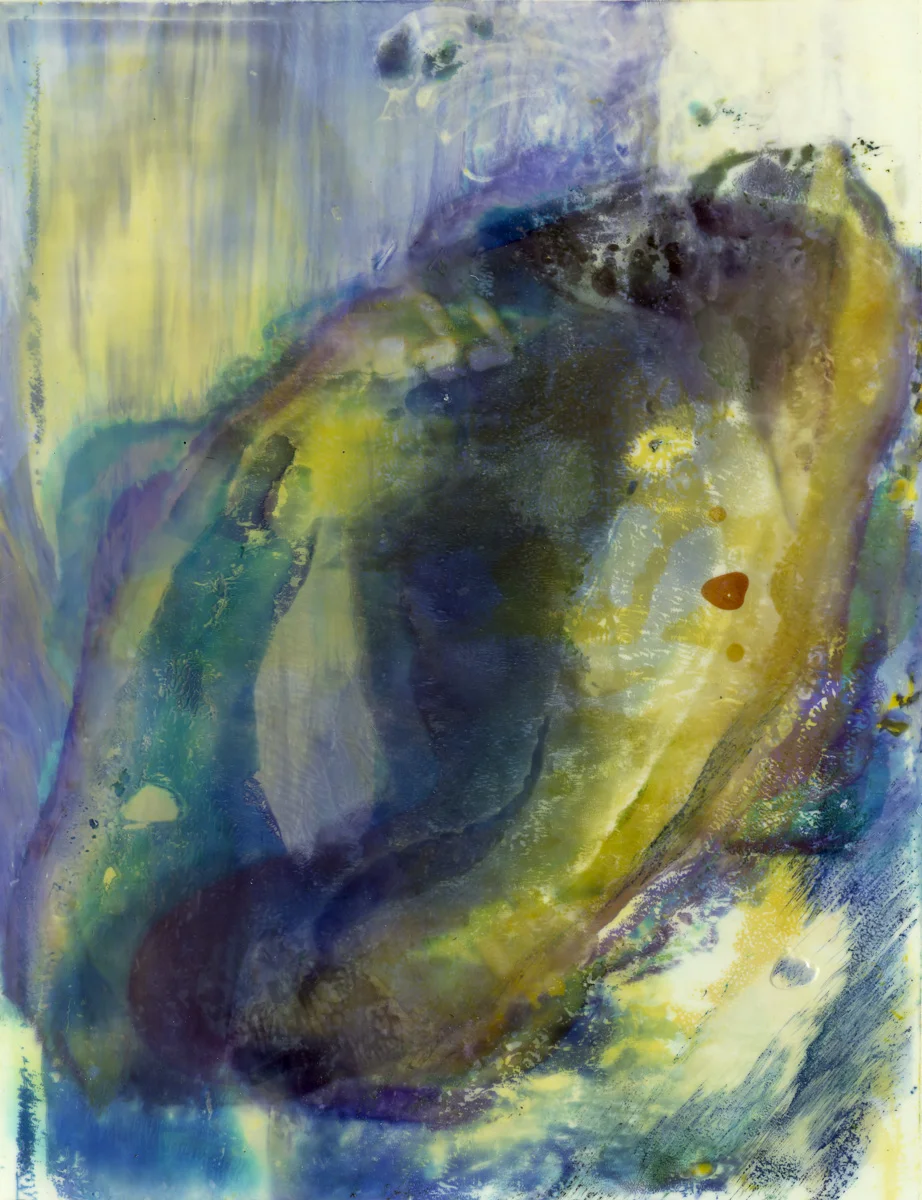
Polaroid emulsion paintings
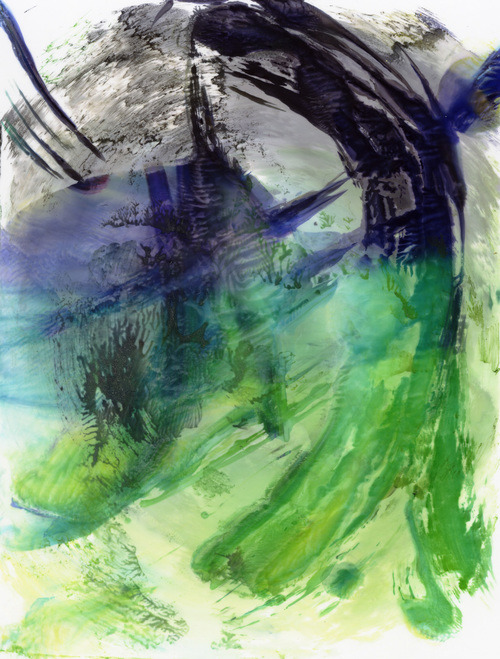
Polaroid emulsion paintings
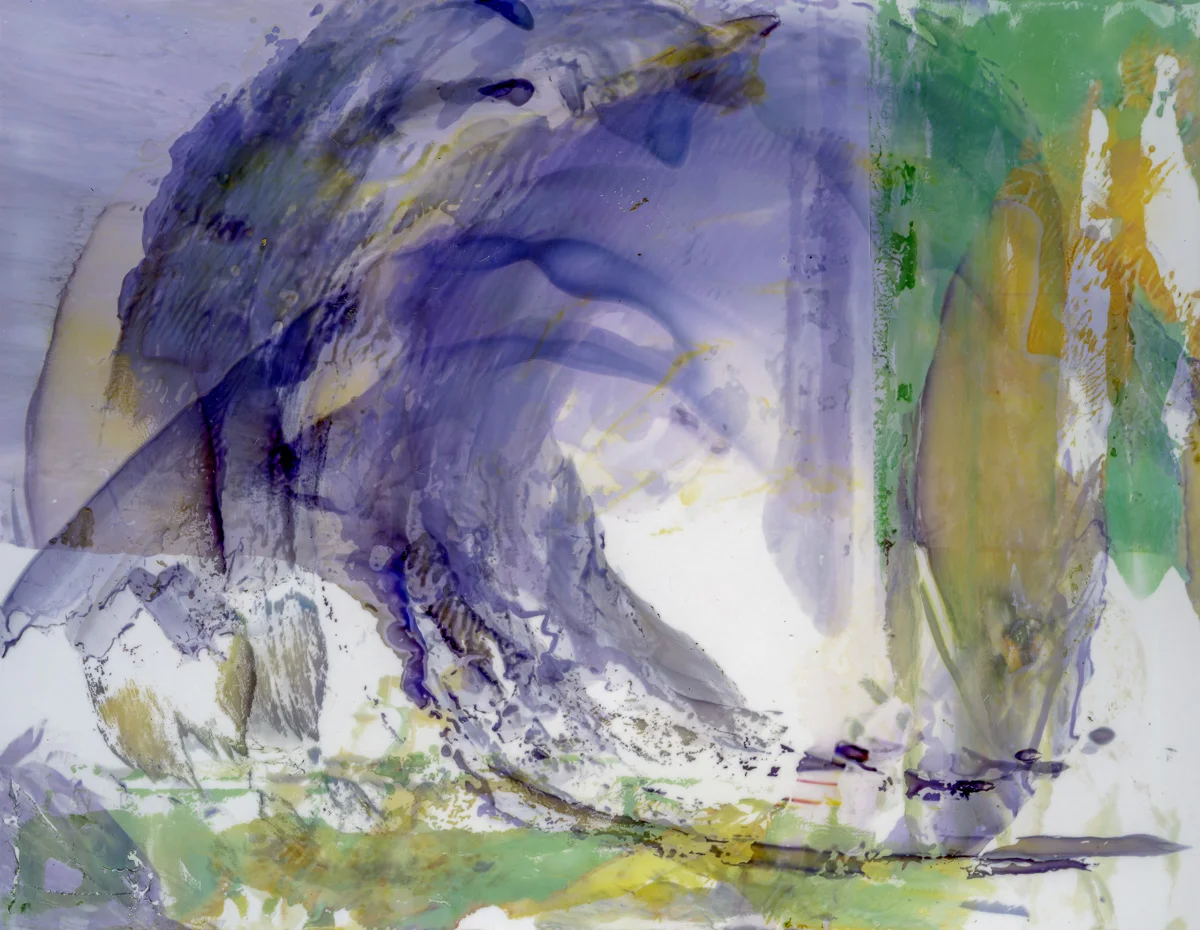
Polaroid emulsion paintings

Polaroid emulsion paintings

Polaroid emulsion paintings
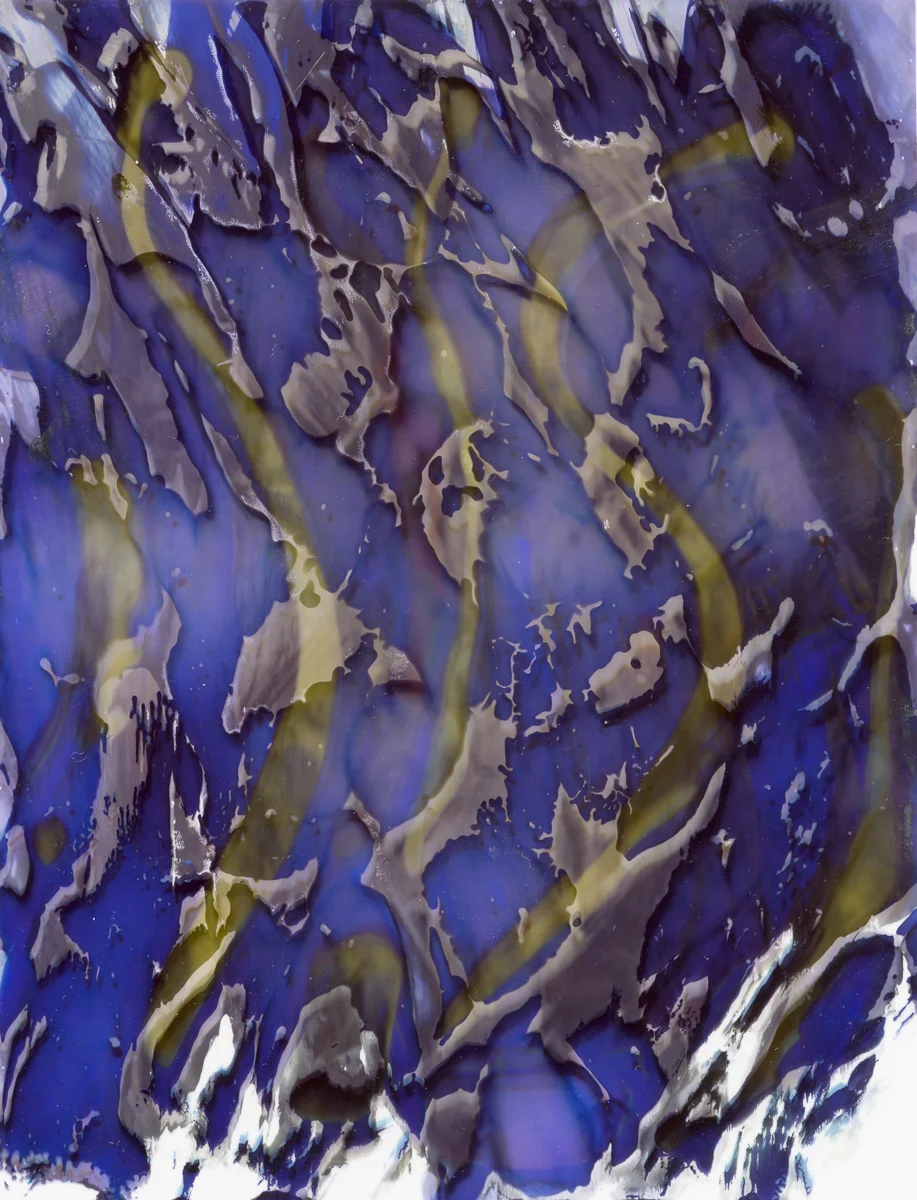
Polaroid emulsion paintings

Polaroid emulsion paintings
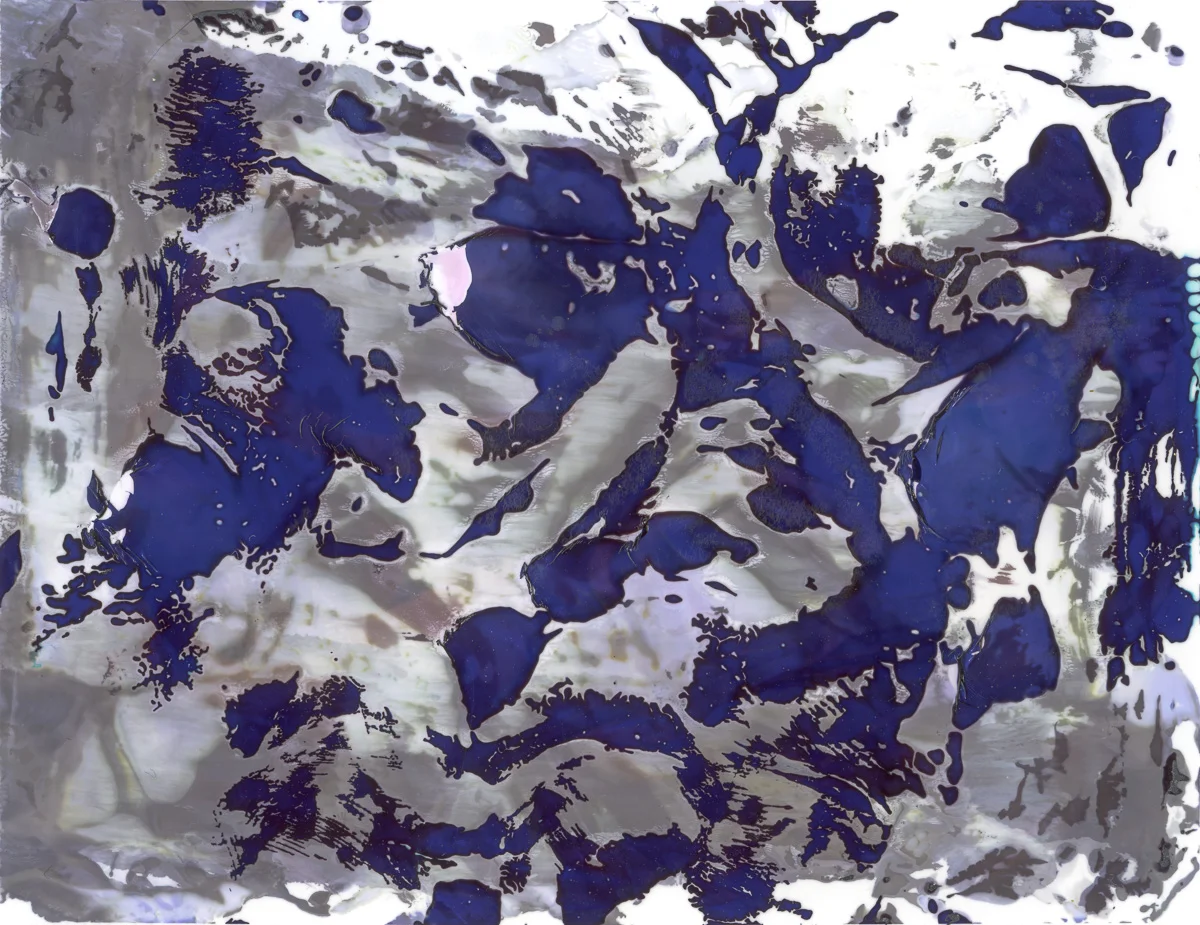
Polaroid emulsion paintings
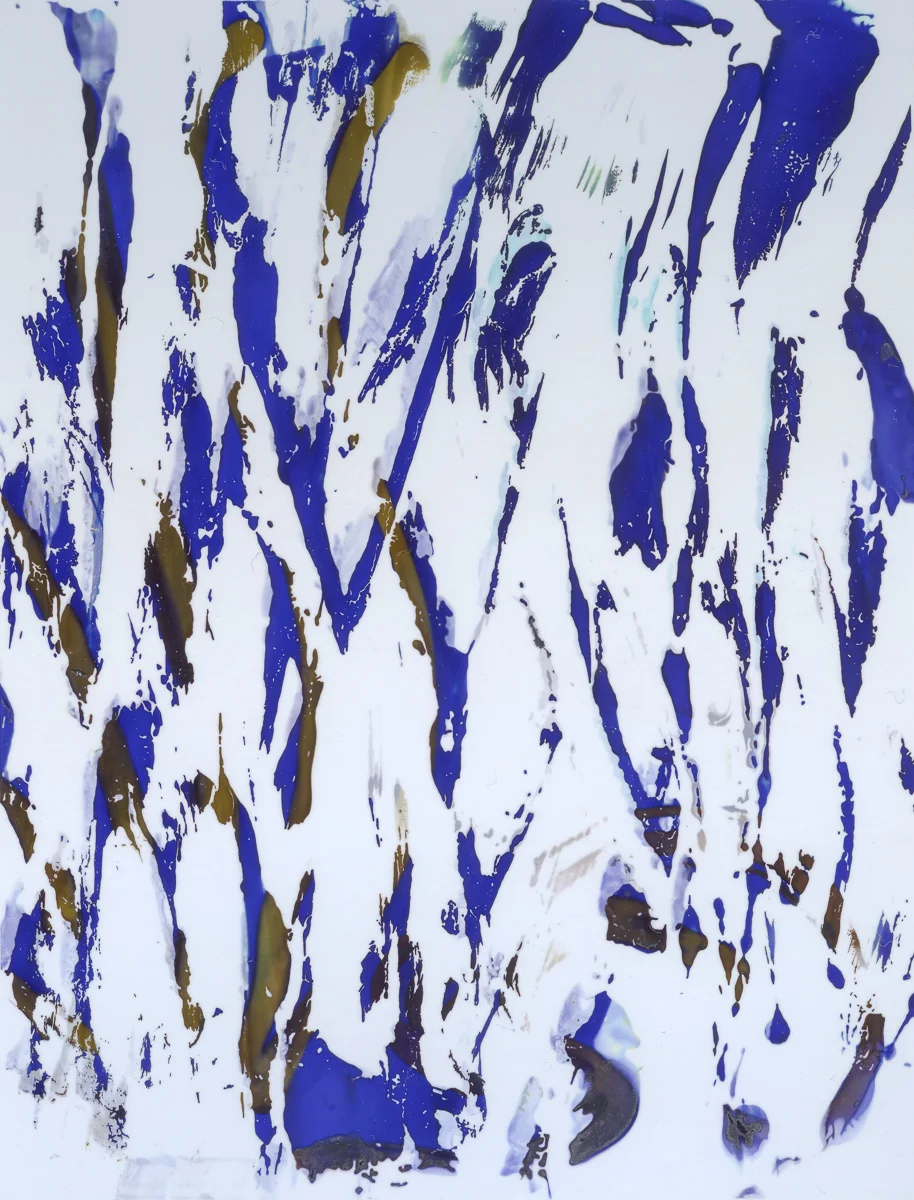
Polaroid emulsion paintings

Polaroid emulsion paintings
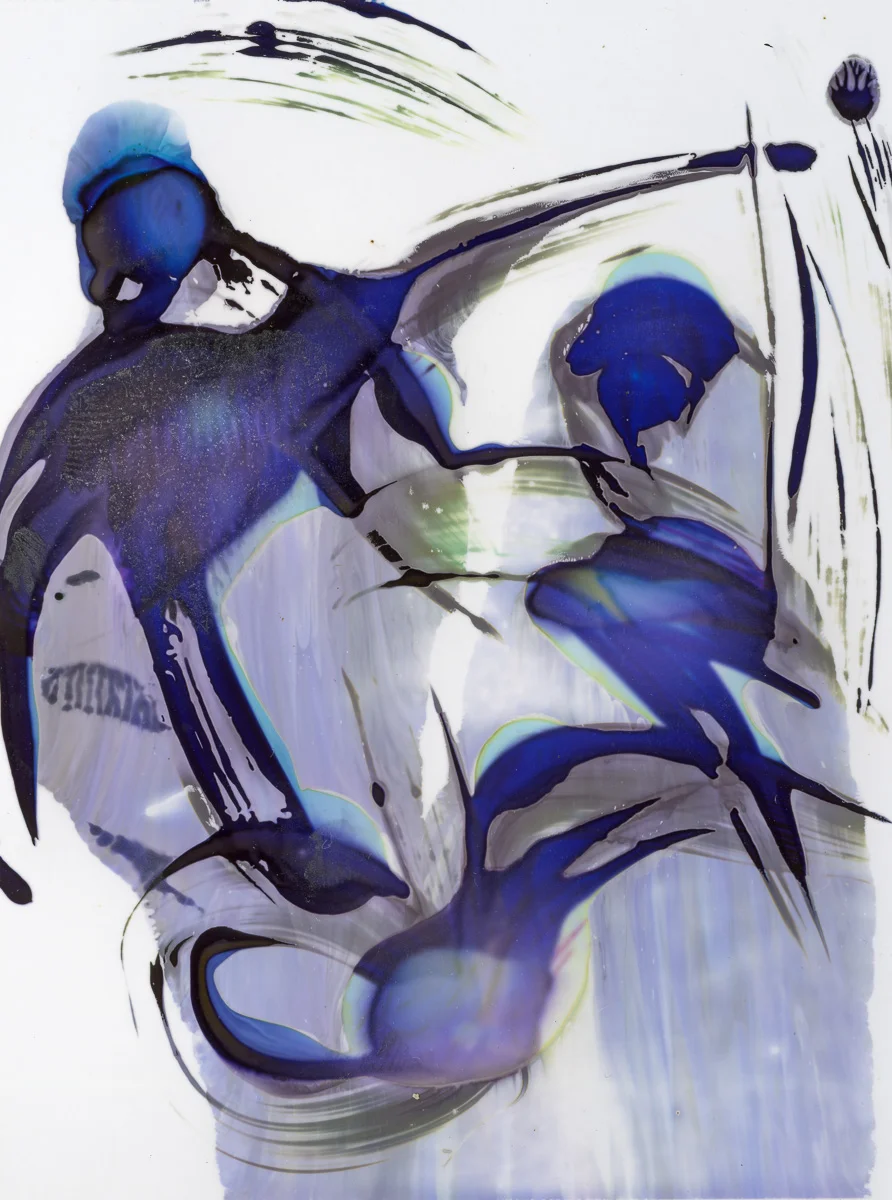
Polaroid emulsion paintings
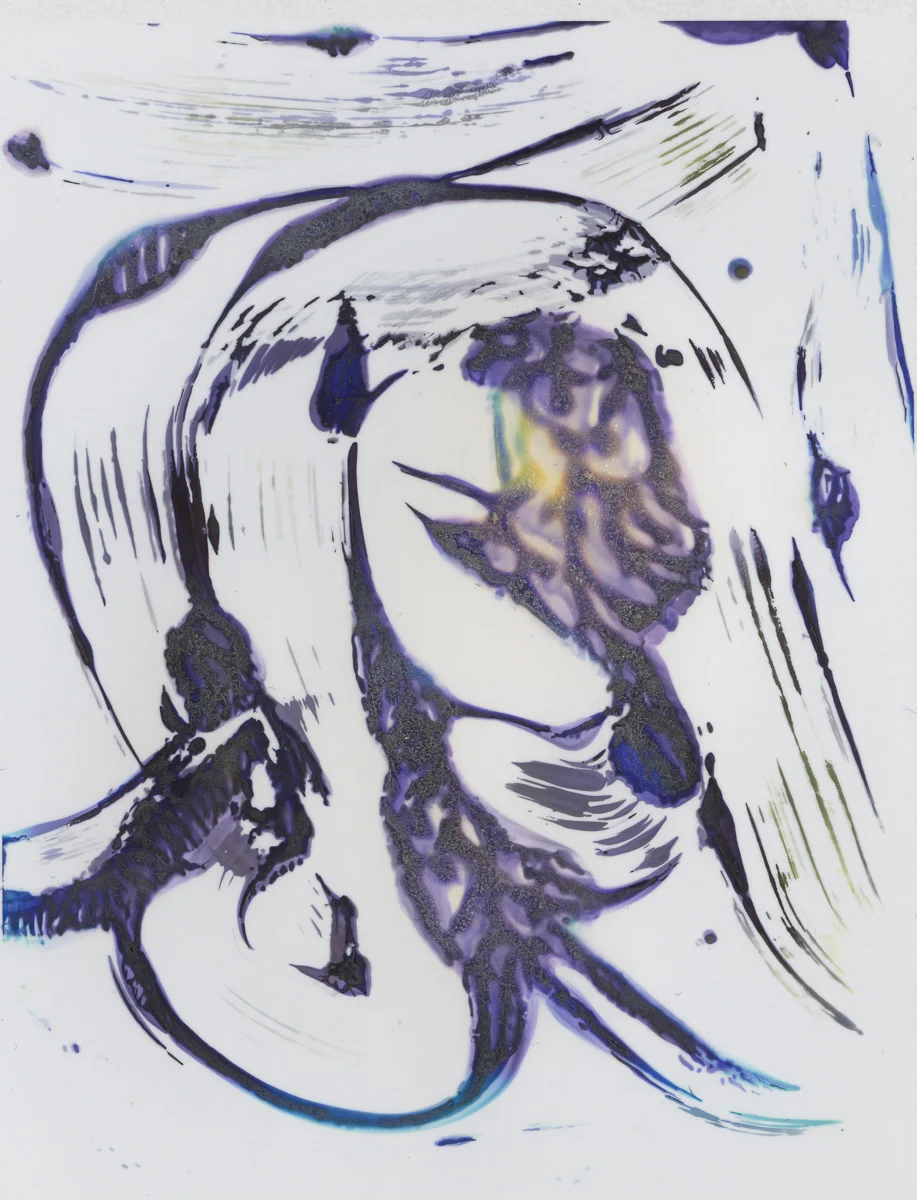
Polaroid emulsion paintings

Polaroid emulsion paintings
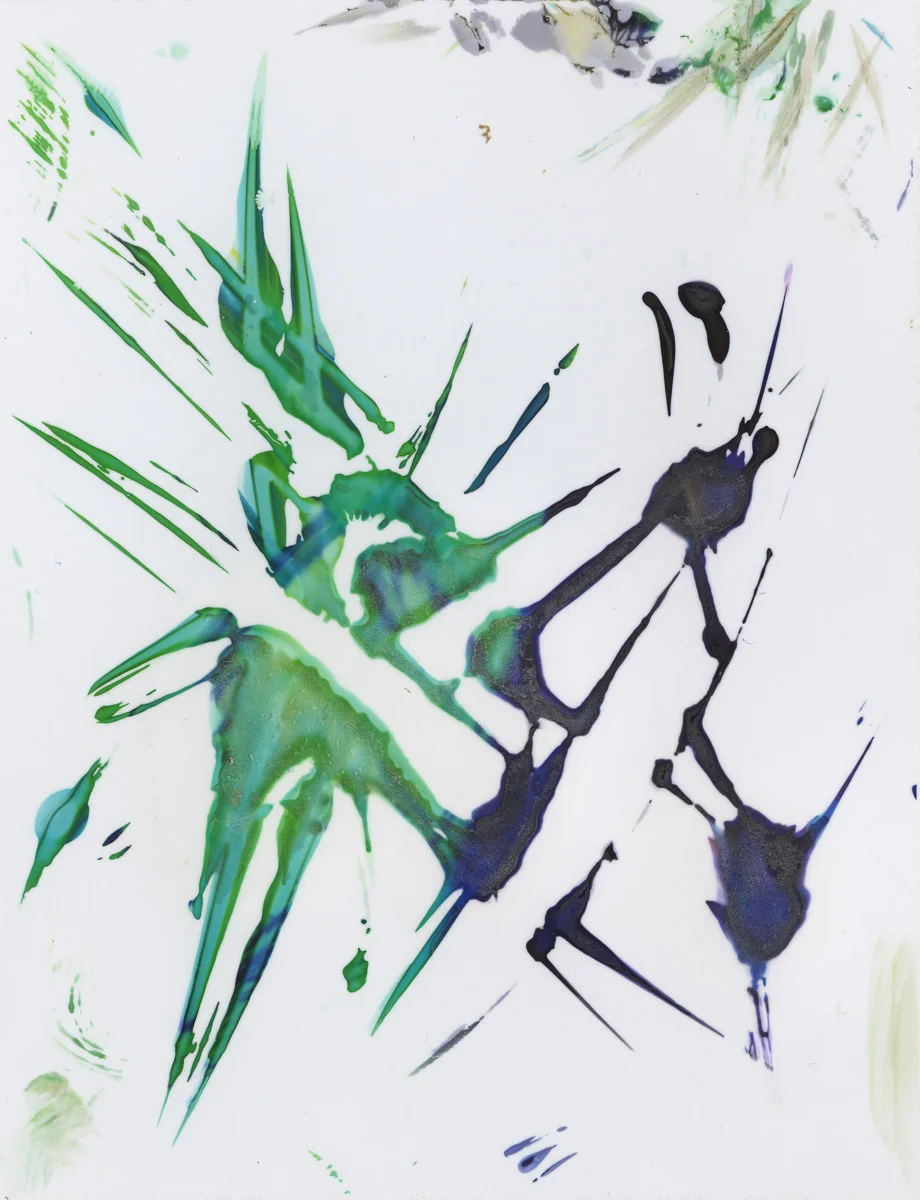
Polaroid emulsion paintings
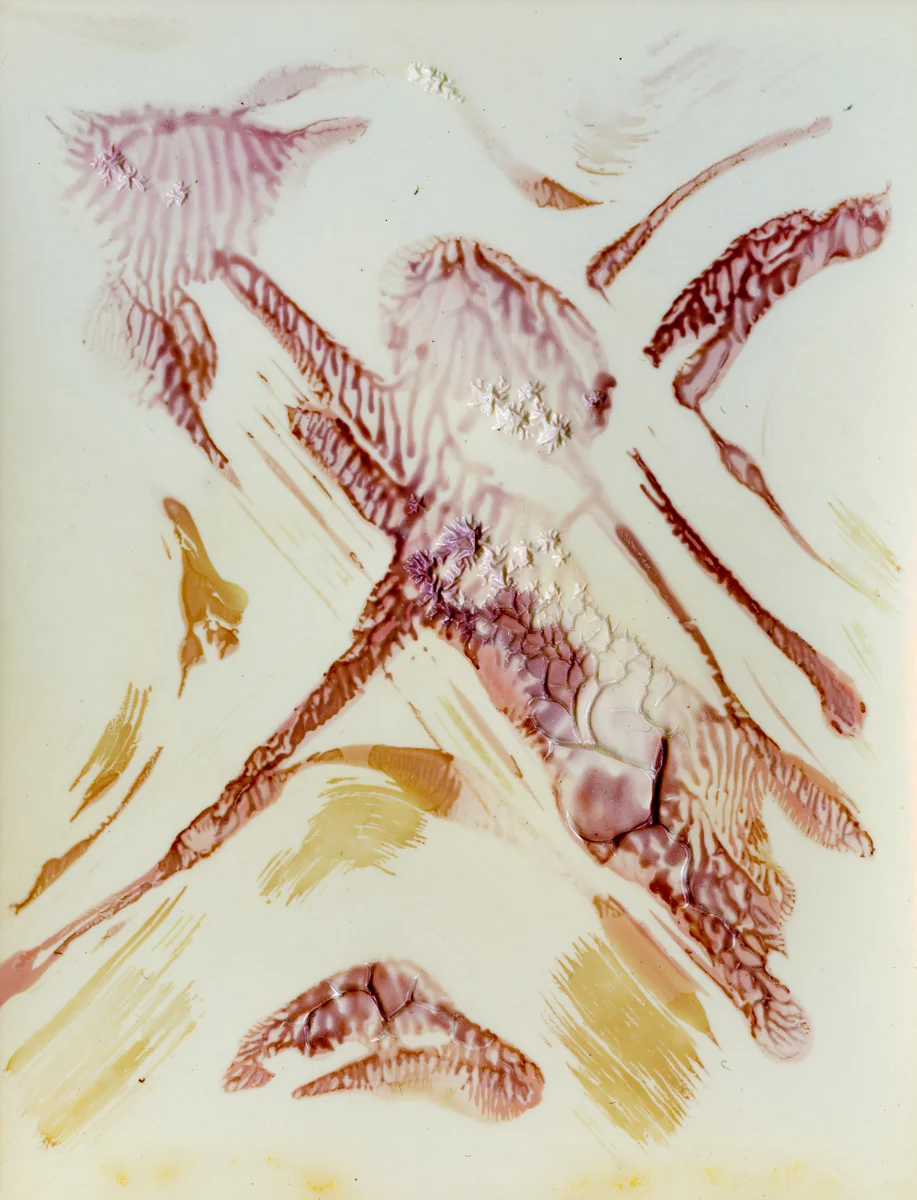
Polaroid emulsion paintings
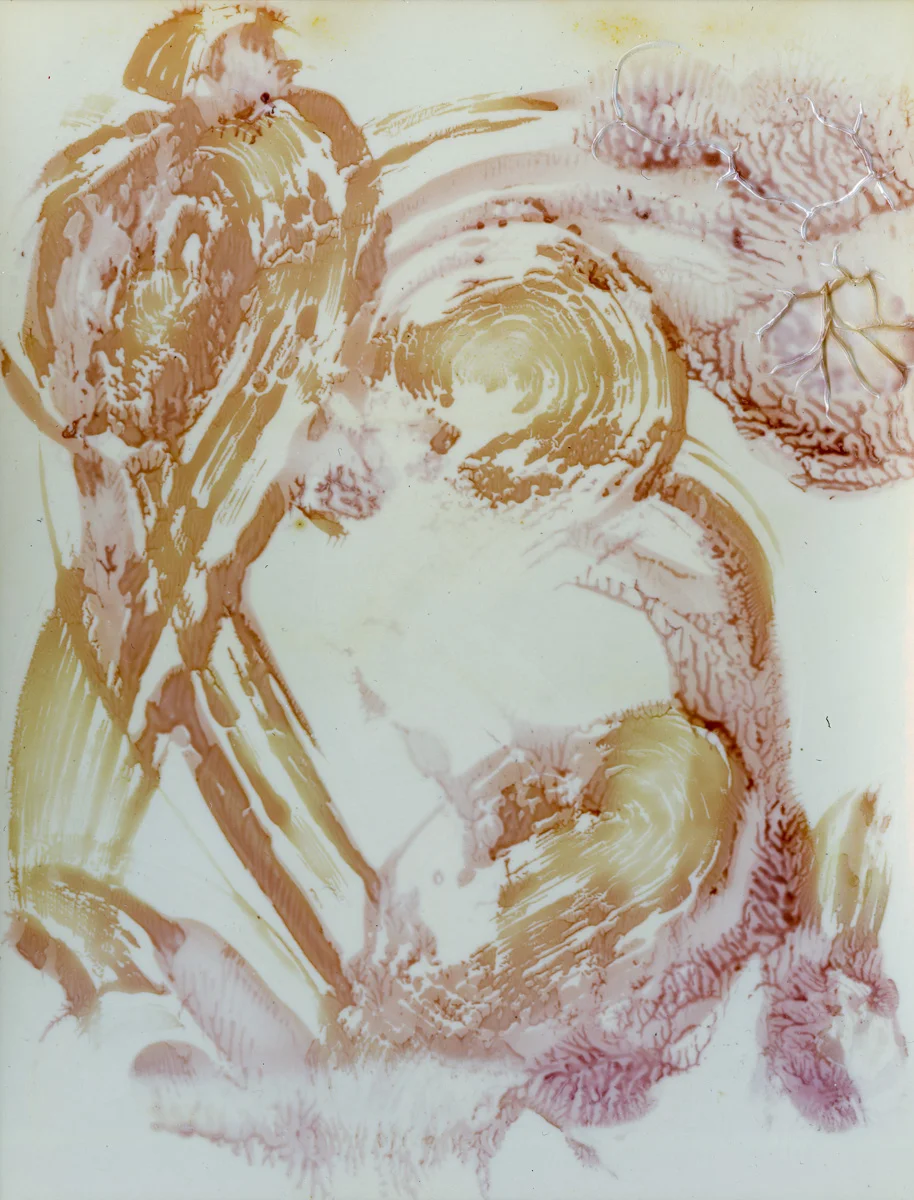
Polaroid emulsion paintings
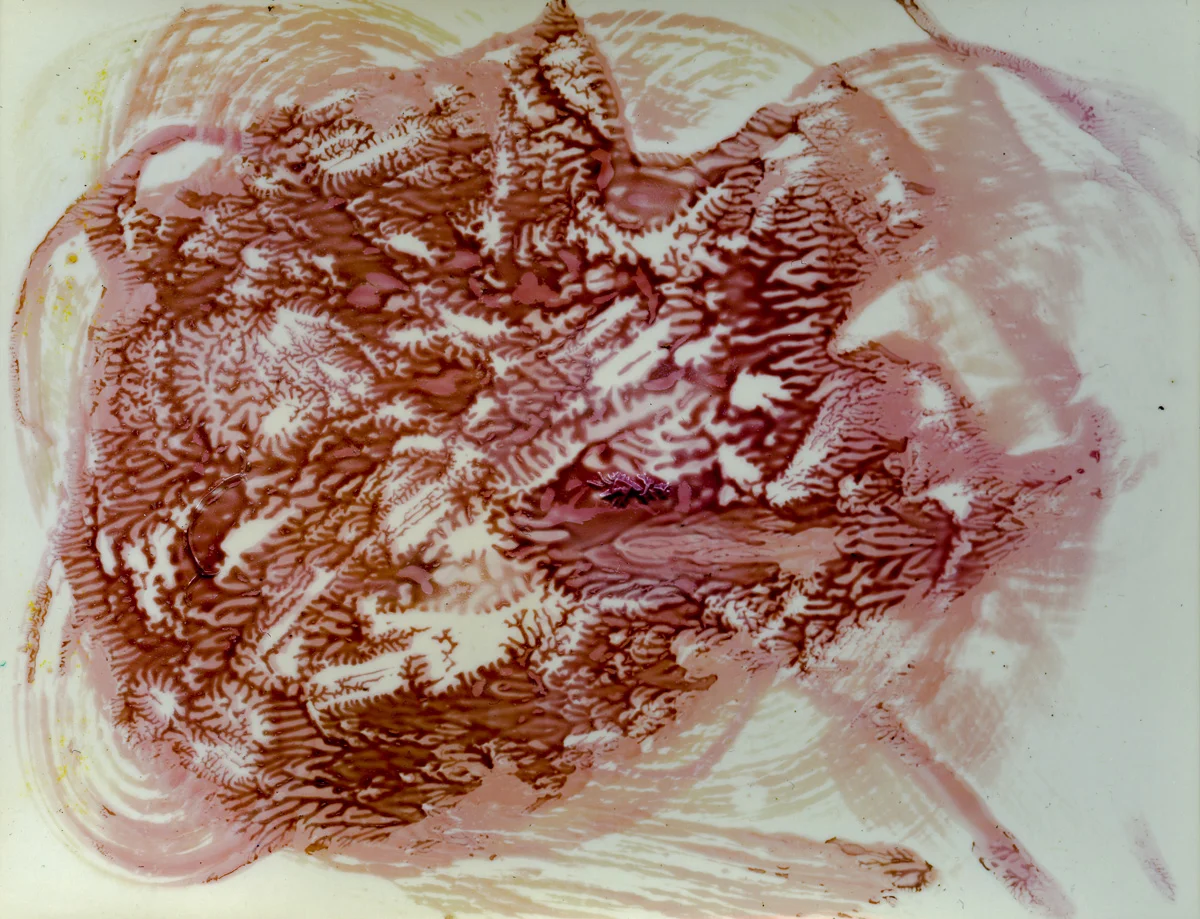
Polaroid emulsion paintings
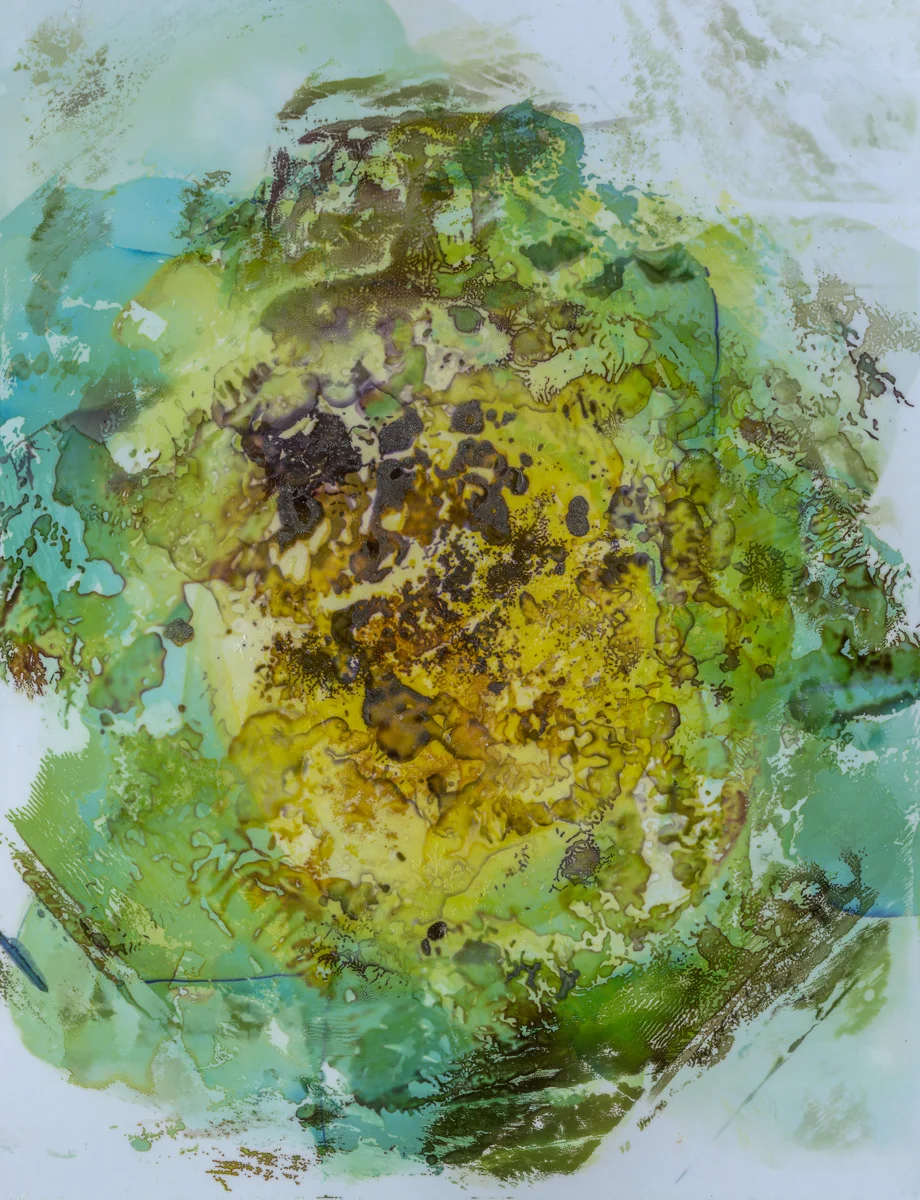
Polaroid emulsion paintings
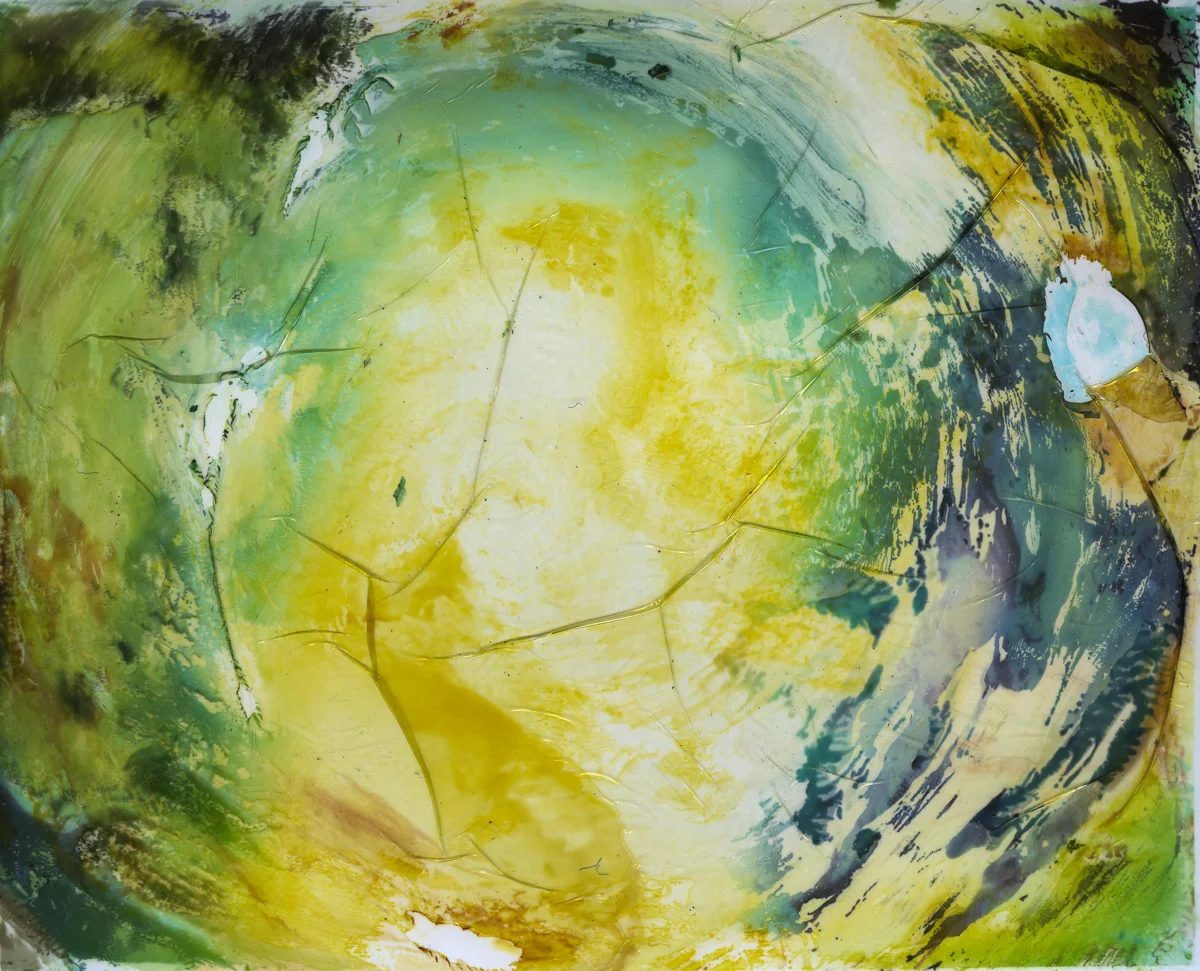
Polaroid emulsion paintings
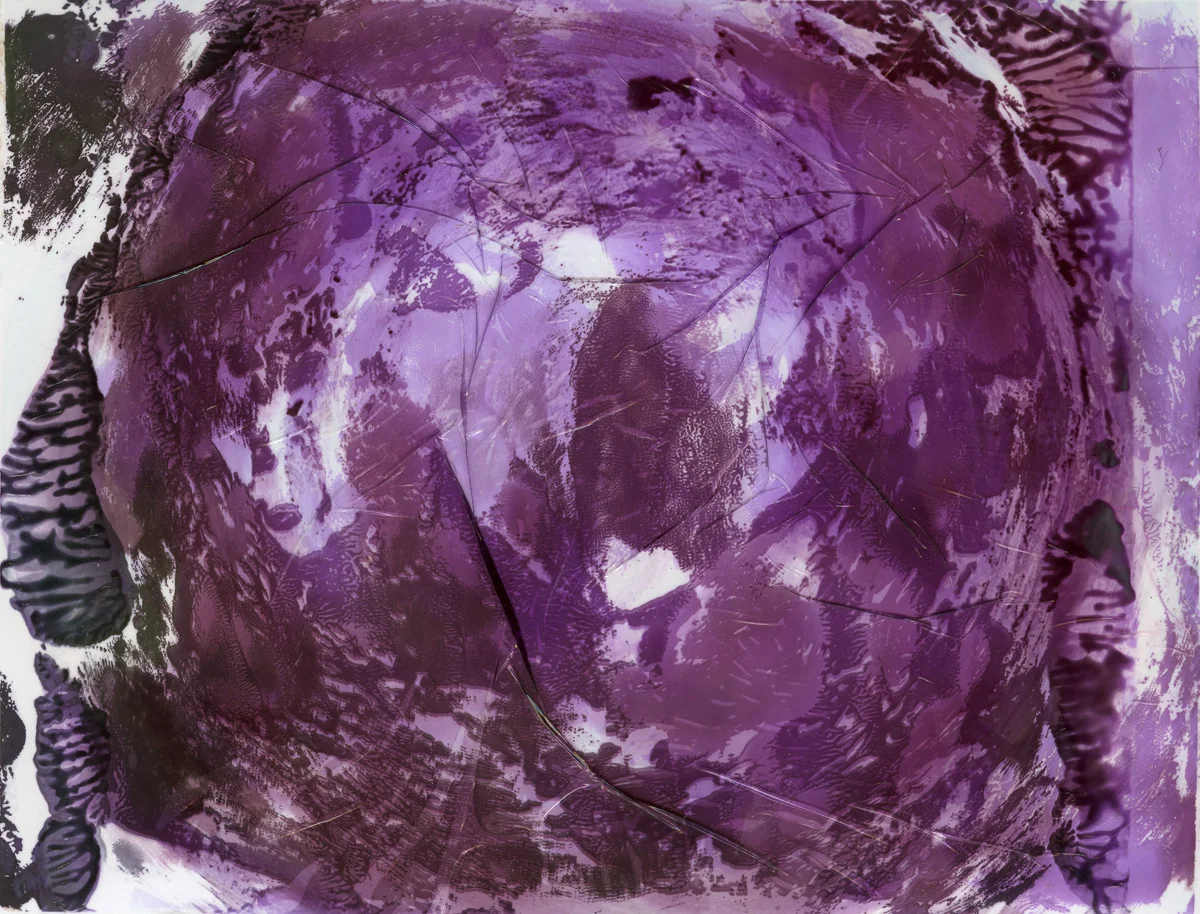
Polaroid emulsion paintings

Polaroid emulsion paintings


Polaroid emulsion paintings

Polaroid emulsion paintings

Polaroid emulsion paintings

Polaroid emulsion paintings

Polaroid emulsion paintings

Polaroid emulsion paintings

Polaroid emulsion paintings

Polaroid emulsion paintings

Polaroid emulsion paintings

Polaroid emulsion paintingsThese images were made by deconstructing polaroid peel-apart film into its three separate parts: the negative, paper, and chemical pods. As such, all images in this collection are fully exposed. The negatives contain no image information; exposed “normally”, they would render completely white. The chemicals are used like a paint onto the negative, which burns color into the final print. Colors are determined by the length of burn, whereas textures are determined by motion(s) between the negative and print surface.

Polaroid emulsion paintingsThese images were made by deconstructing polaroid peel-apart film into its three separate parts: the negative, paper, and chemical pods. As such, all images in this collection are fully exposed. The negatives contain no image information; exposed “normally”, they would render completely white. The chemicals are used like a paint onto the negative, which burns color into the final print. Colors are determined by the length of burn, whereas textures are determined by motion(s) between the negative and print surface.

Polaroid emulsion paintingsThese images were made by deconstructing polaroid peel-apart film into its three separate parts: the negative, paper, and chemical pods. As such, all images in this collection are fully exposed. The negatives contain no image information; exposed “normally”, they would render completely white. The chemicals are used like a paint onto the negative, which burns color into the final print. Colors are determined by the length of burn, whereas textures are determined by motion(s) between the negative and print surface.


Polaroid emulsion paintingsThese images were made by deconstructing polaroid peel-apart film into its three separate parts: the negative, paper, and chemical pods. As such, all images in this collection are fully exposed. The negatives contain no image information; exposed “normally”, they would render completely white. The chemicals are used like a paint onto the negative, which burns color into the final print. Colors are determined by the length of burn, whereas textures are determined by motion(s) between the negative and print surface.

Polaroid emulsion paintingsThese images were made by deconstructing polaroid peel-apart film into its three separate parts: the negative, paper, and chemical pods. As such, all images in this collection are fully exposed. The negatives contain no image information; exposed “normally”, they would render completely white. The chemicals are used like a paint onto the negative, which burns color into the final print. Colors are determined by the length of burn, whereas textures are determined by motion(s) between the negative and print surface.

Polaroid emulsion paintingsThese images were made by deconstructing polaroid peel-apart film into its three separate parts: the negative, paper, and chemical pods. As such, all images in this collection are fully exposed. The negatives contain no image information; exposed “normally”, they would render completely white. The chemicals are used like a paint onto the negative, which burns color into the final print. Colors are determined by the length of burn, whereas textures are determined by motion(s) between the negative and print surface.

Polaroid emulsion paintingsThese images were made by deconstructing polaroid peel-apart film into its three separate parts: the negative, paper, and chemical pods. As such, all images in this collection are fully exposed. The negatives contain no image information; exposed “normally”, they would render completely white. The chemicals are used like a paint onto the negative, which burns color into the final print. Colors are determined by the length of burn, whereas textures are determined by motion(s) between the negative and print surface.

Polaroid emulsion paintingsThese images were made by deconstructing polaroid peel-apart film into its three separate parts: the negative, paper, and chemical pods. As such, all images in this collection are fully exposed. The negatives contain no image information; exposed “normally”, they would render completely white. The chemicals are used like a paint onto the negative, which burns color into the final print. Colors are determined by the length of burn, whereas textures are determined by motion(s) between the negative and print surface.

Polaroid emulsion paintingsThese images were made by deconstructing polaroid peel-apart film into its three separate parts: the negative, paper, and chemical pods. As such, all images in this collection are fully exposed. The negatives contain no image information; exposed “normally”, they would render completely white. The chemicals are used like a paint onto the negative, which burns color into the final print. Colors are determined by the length of burn, whereas textures are determined by motion(s) between the negative and print surface.

Polaroid emulsion paintingsThese images were made by deconstructing polaroid peel-apart film into its three separate parts: the negative, paper, and chemical pods. As such, all images in this collection are fully exposed. The negatives contain no image information; exposed “normally”, they would render completely white. The chemicals are used like a paint onto the negative, which burns color into the final print. Colors are determined by the length of burn, whereas textures are determined by motion(s) between the negative and print surface.

Polaroid emulsion paintingsThese images were made by deconstructing polaroid peel-apart film into its three separate parts: the negative, paper, and chemical pods. As such, all images in this collection are fully exposed. The negatives contain no image information; exposed “normally”, they would render completely white. The chemicals are used like a paint onto the negative, which burns color into the final print. Colors are determined by the length of burn, whereas textures are determined by motion(s) between the negative and print surface.

Polaroid emulsion paintingsThese images were made by deconstructing polaroid peel-apart film into its three separate parts: the negative, paper, and chemical pods. As such, all images in this collection are fully exposed. The negatives contain no image information; exposed “normally”, they would render completely white. The chemicals are used like a paint onto the negative, which burns color into the final print. Colors are determined by the length of burn, whereas textures are determined by motion(s) between the negative and print surface.

Polaroid emulsion paintingsThese images were made by deconstructing polaroid peel-apart film into its three separate parts: the negative, paper, and chemical pods. As such, all images in this collection are fully exposed. The negatives contain no image information; exposed “normally”, they would render completely white. The chemicals are used like a paint onto the negative, which burns color into the final print. Colors are determined by the length of burn, whereas textures are determined by motion(s) between the negative and print surface.

Polaroid emulsion paintingsThese images were made by deconstructing polaroid peel-apart film into its three separate parts: the negative, paper, and chemical pods. As such, all images in this collection are fully exposed. The negatives contain no image information; exposed “normally”, they would render completely white. The chemicals are used like a paint onto the negative, which burns color into the final print. Colors are determined by the length of burn, whereas textures are determined by motion(s) between the negative and print surface.

Polaroid emulsion paintingsThese images were made by deconstructing polaroid peel-apart film into its three separate parts: the negative, paper, and chemical pods. As such, all images in this collection are fully exposed. The negatives contain no image information; exposed “normally”, they would render completely white. The chemicals are used like a paint onto the negative, which burns color into the final print. Colors are determined by the length of burn, whereas textures are determined by motion(s) between the negative and print surface.

Polaroid emulsion paintingsThese images were made by deconstructing polaroid peel-apart film into its three separate parts: the negative, paper, and chemical pods. As such, all images in this collection are fully exposed. The negatives contain no image information; exposed “normally”, they would render completely white. The chemicals are used like a paint onto the negative, which burns color into the final print. Colors are determined by the length of burn, whereas textures are determined by motion(s) between the negative and print surface.

Polaroid emulsion paintingsThese images were made by deconstructing polaroid peel-apart film into its three separate parts: the negative, paper, and chemical pods. As such, all images in this collection are fully exposed. The negatives contain no image information; exposed “normally”, they would render completely white. The chemicals are used like a paint onto the negative, which burns color into the final print. Colors are determined by the length of burn, whereas textures are determined by motion(s) between the negative and print surface.

Polaroid emulsion paintingsThese images were made by deconstructing polaroid peel-apart film into its three separate parts: the negative, paper, and chemical pods. As such, all images in this collection are fully exposed. The negatives contain no image information; exposed “normally”, they would render completely white. The chemicals are used like a paint onto the negative, which burns color into the final print. Colors are determined by the length of burn, whereas textures are determined by motion(s) between the negative and print surface.

Polaroid emulsion paintingsThese images were made by deconstructing polaroid peel-apart film into its three separate parts: the negative, paper, and chemical pods. As such, all images in this collection are fully exposed. The negatives contain no image information; exposed “normally”, they would render completely white. The chemicals are used like a paint onto the negative, which burns color into the final print. Colors are determined by the length of burn, whereas textures are determined by motion(s) between the negative and print surface.

Polaroid emulsion paintingsThese images were made by deconstructing polaroid peel-apart film into its three separate parts: the negative, paper, and chemical pods. As such, all images in this collection are fully exposed. The negatives contain no image information; exposed “normally”, they would render completely white. The chemicals are used like a paint onto the negative, which burns color into the final print. Colors are determined by the length of burn, whereas textures are determined by motion(s) between the negative and print surface.

Polaroid emulsion paintingsThese images were made by deconstructing polaroid peel-apart film into its three separate parts: the negative, paper, and chemical pods. As such, all images in this collection are fully exposed. The negatives contain no image information; exposed “normally”, they would render completely white. The chemicals are used like a paint onto the negative, which burns color into the final print. Colors are determined by the length of burn, whereas textures are determined by motion(s) between the negative and print surface.

Polaroid emulsion paintingsThese images were made by deconstructing polaroid peel-apart film into its three separate parts: the negative, paper, and chemical pods. As such, all images in this collection are fully exposed. The negatives contain no image information; exposed “normally”, they would render completely white. The chemicals are used like a paint onto the negative, which burns color into the final print. Colors are determined by the length of burn, whereas textures are determined by motion(s) between the negative and print surface.

Polaroid emulsion paintingsThese images were made by deconstructing polaroid peel-apart film into its three separate parts: the negative, paper, and chemical pods. As such, all images in this collection are fully exposed. The negatives contain no image information; exposed “normally”, they would render completely white. The chemicals are used like a paint onto the negative, which burns color into the final print. Colors are determined by the length of burn, whereas textures are determined by motion(s) between the negative and print surface.

Polaroid emulsion paintingsThese images were made by deconstructing polaroid peel-apart film into its three separate parts: the negative, paper, and chemical pods. As such, all images in this collection are fully exposed. The negatives contain no image information; exposed “normally”, they would render completely white. The chemicals are used like a paint onto the negative, which burns color into the final print. Colors are determined by the length of burn, whereas textures are determined by motion(s) between the negative and print surface.

Polaroid emulsion paintingsThese images were made by deconstructing polaroid peel-apart film into its three separate parts: the negative, paper, and chemical pods. As such, all images in this collection are fully exposed. The negatives contain no image information; exposed “normally”, they would render completely white. The chemicals are used like a paint onto the negative, which burns color into the final print. Colors are determined by the length of burn, whereas textures are determined by motion(s) between the negative and print surface.

These images are documents of my discovery of this process. Unlike images later in the series, they have been primed with a color and were not deconstructed. Instead, their subject is the action of peeling negative from print & the textural effects that occur by re-printing them together. Like the others, colors (somewhat) are determined by the length of re-printing.

Polaroid emulsion paintingsThese images are documents of my discovery of this process. Unlike images later in the series, they have been primed with a color and were not deconstructed. Instead, their subject is the action of peeling negative from print & the textural effects that occur by re-printing them together. Like the others, colors (somewhat) are determined by the length of re-printing.

Polaroid emulsion paintingsThese images are documents of my discovery of this process. Unlike images later in the series, they have been primed with a color and were not deconstructed. Instead, their subject is the action of peeling negative from print & the textural effects that occur by re-printing them together. Like the others, colors (somewhat) are determined by the length of re-printing.

Polaroid emulsion paintingsThese images are documents of my discovery of this process. Unlike images later in the series, they have been primed with a color and were not deconstructed. Instead, their subject is the action of peeling negative from print & the textural effects that occur by re-printing them together. Like the others, colors (somewhat) are determined by the length of re-printing.

Polaroid emulsion paintingsThese images are documents of my discovery of this process. Unlike images later in the series, they have been primed with a color and were not deconstructed. Instead, their subject is the action of peeling negative from print & the textural effects that occur by re-printing them together. Like the others, colors (somewhat) are determined by the length of re-printing.

Polaroid emulsion paintingsThese images are documents of my discovery of this process. Unlike images later in the series, they have been primed with a color and were not deconstructed. Instead, their subject is the action of peeling negative from print & the textural effects that occur by re-printing them together. Like the others, colors (somewhat) are determined by the length of re-printing.

Polaroid emulsion paintingsThese images are documents of my discovery of this process. Unlike images later in the series, they have been primed with a color and were not deconstructed (JUST KIDDING NOT THIS ONE, HAHA! This was UNEXPOSED). Instead, their subject is the action of peeling negative from print & the textural effects that occur by re-printing them together. Like the others, colors (somewhat) are determined by the length of re-printing.

Polaroid emulsion paintingsThese images are documents of my discovery of this process. Unlike images later in the series, they have been primed with a color and were not deconstructed (JUST KIDDING NOT THIS ONE, HAHA! This was UNEXPOSED). Instead, their subject is the action of peeling negative from print & the textural effects that occur by re-printing them together. Like the others, colors (somewhat) are determined by the length of re-printing.

Polaroid emulsion paintingsThese images are documents of my discovery of this process. Unlike images later in the series, they have been primed with a color and were not deconstructed (JUST KIDDING NOT THIS ONE, HAHA! This was UNEXPOSED). Instead, their subject is the action of peeling negative from print & the textural effects that occur by re-printing them together. Like the others, colors (somewhat) are determined by the length of re-printing.

Polaroid emulsion paintingsThese images are documents of my discovery of this process. Unlike images later in the series, they have been primed with a color and were not deconstructed. Instead, their subject is the action of peeling negative from print & the textural effects that occur by re-printing them together. Like the others, colors (somewhat) are determined by the length of re-printing.
info
prev / next
1
2
3
4
5
6
7
8
9
10
11
12
13
14
15
16
17
18
19
20
21
22
23
24
25
26
27
28
29
30
31
32
33
34
35
36
·
·
·
·
·
·
·
·
·
·
·
·
·
·
·
·
·
·
·
·
·
·
·
·
·
·
·
·
·
·
·
·
·
·
·
·